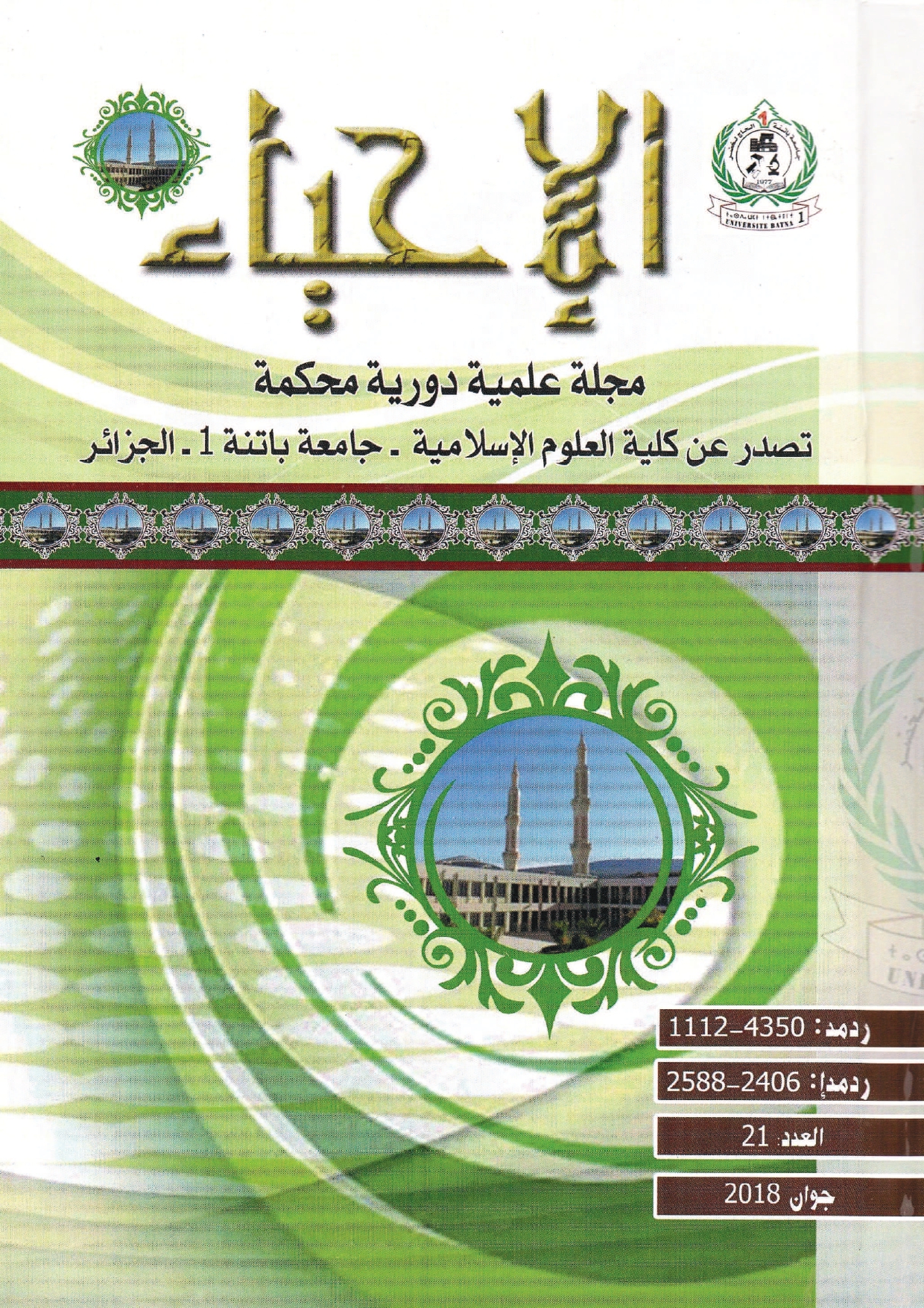ظاهرة الحذف في القرآن الكريم – دراسة تطبيقية في سورة النساء-
DOI:
https://doi.org/10.59791/ihy.v18i1.4240Keywords:
ظاهرة الحذف, القرآن الكريم, دراسة تطبيقية, سورة النساءAbstract
This study addresses the phenomenon of deletion in the Holy Qur’an through an applied study in Surah An-Nisa. It is a pure grammatical study. The theoretical study concluded that the deletion is a prominent linguistic phenomenon especially in the Arabic language and the Holy Qur’an. Deletion is the omission of one word or more in the sentence. The most important reasons for deletion: the hearer knows the deleted; if the deleted is known and understood, there is no need then to mention it, but it is more adequate to delete it to shorten the speech. Also: frequent use; some words are often mentioned in the speech, and they have to be deleted for concession. It is known that deletion needs the existence of evidence. First: the word; the word, whether a noun, a verb or a preposition, has its own subordinations through which we can infer the existence of deletion. Second: the language; each language has its foundations and origins that may sometimes lead us to infer the existence of deletion of the sentence. The phenomenon of deletion, like other linguistic phenomena, has certain conditions such as: the existence of the direct or circumstantial evidence on the deleted; the deleted should not lead to prepare the factor for work and interrupt it; it should not also lead to the realization of the weak factor with the possibility of the realization of the strong one. The applied study in the Surah An-Nisa shows that there are various deleted: preposition, noun and verb. Grammarians differ in opinions about the occurrence of this phenomenon between permissive and forbidder, each according to his arguments and doctrine, but there is some agreement between them.
Downloads
Published
How to Cite
Issue
Section
License

This work is licensed under a Creative Commons Attribution-NonCommercial-NoDerivatives 4.0 International License.





